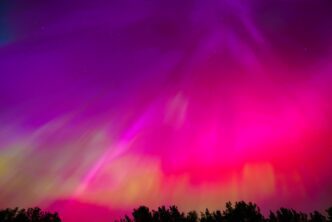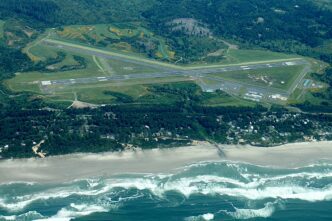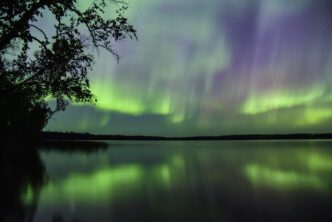Executive Summary
- A moderate geomagnetic storm is expected to create conditions for viewing the northern lights on the evening of November 12.
- NOAA’s forecast includes a “view line” covering parts of 18 northern U.S. states, indicating potential visibility.
- The event follows unexpected aurora sightings the previous night in southern states such as Florida, Texas, and Missouri.
Stargazers across the northern United States may have another opportunity to witness the aurora borealis on the evening of November 12, according to the National Oceanic and Atmospheric Administration (NOAA). The potential display follows surprise sightings of the northern lights in states further south than forecasted, including Missouri, Texas, and Florida, on the previous night.
The increased celestial activity is attributed to a coronal mass ejection (CME) from the sun, which is expected to reach Earth and cause a moderate geomagnetic storm. NOAA has predicted a K-index of 6 out of 9, indicating a significant event. The aurora borealis, or northern lights, is a natural phenomenon caused by the interaction of solar plasma with Earth’s magnetic field.
NOAA’s official forecast places a “view line” over approximately 18 states, marking the southernmost point where the aurora might be visible on the northern horizon. The states partially or fully within this line include Alaska, Idaho, Illinois, Iowa, Maine, Michigan, Minnesota, Montana, Nebraska, New Hampshire, New York, North Dakota, Oregon, South Dakota, Vermont, Wyoming, Washington, and Wisconsin.
Although the forecast focuses on northern states, NOAA notes that a bright aurora can be observed from as far as 1,000 kilometers away under optimal conditions. For the best viewing experience, the agency recommends finding a location away from city lights, typically within an hour or two of midnight, as the aurora is not visible during daylight hours.







